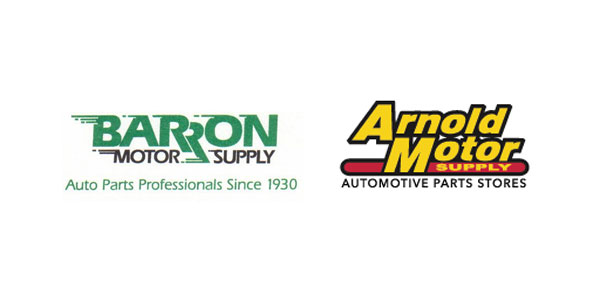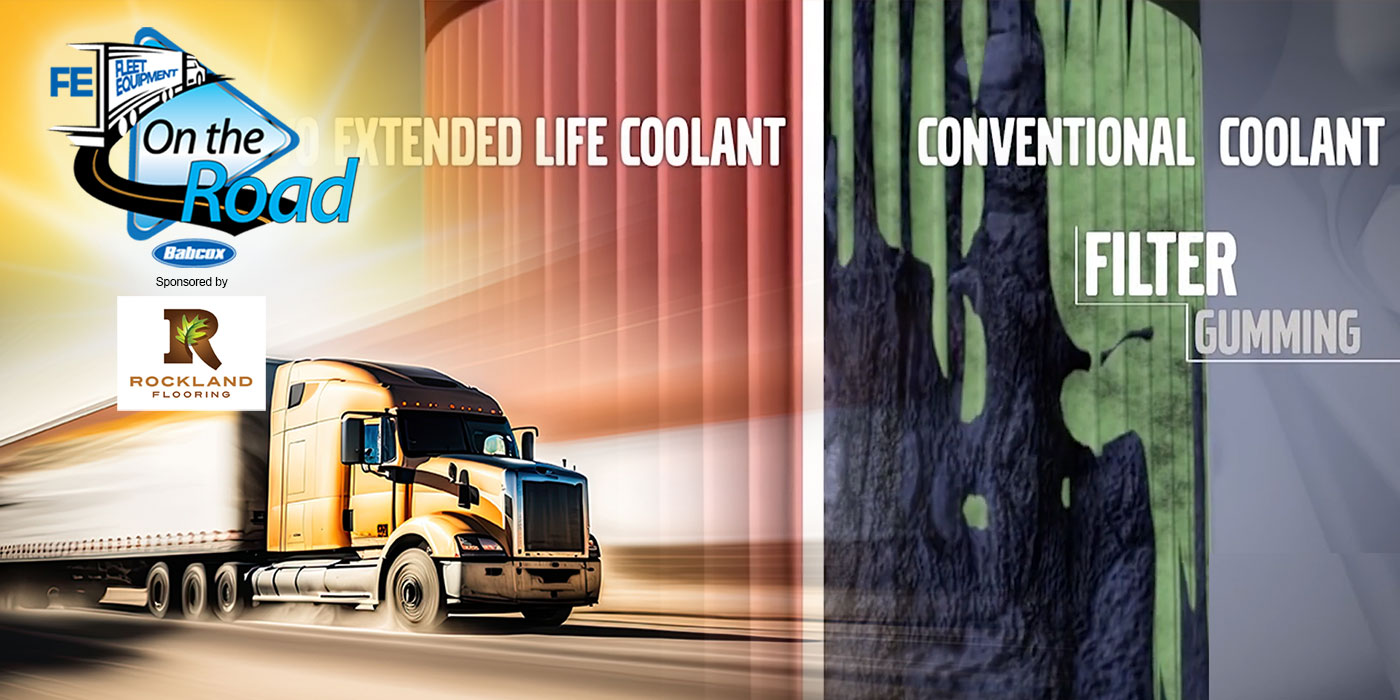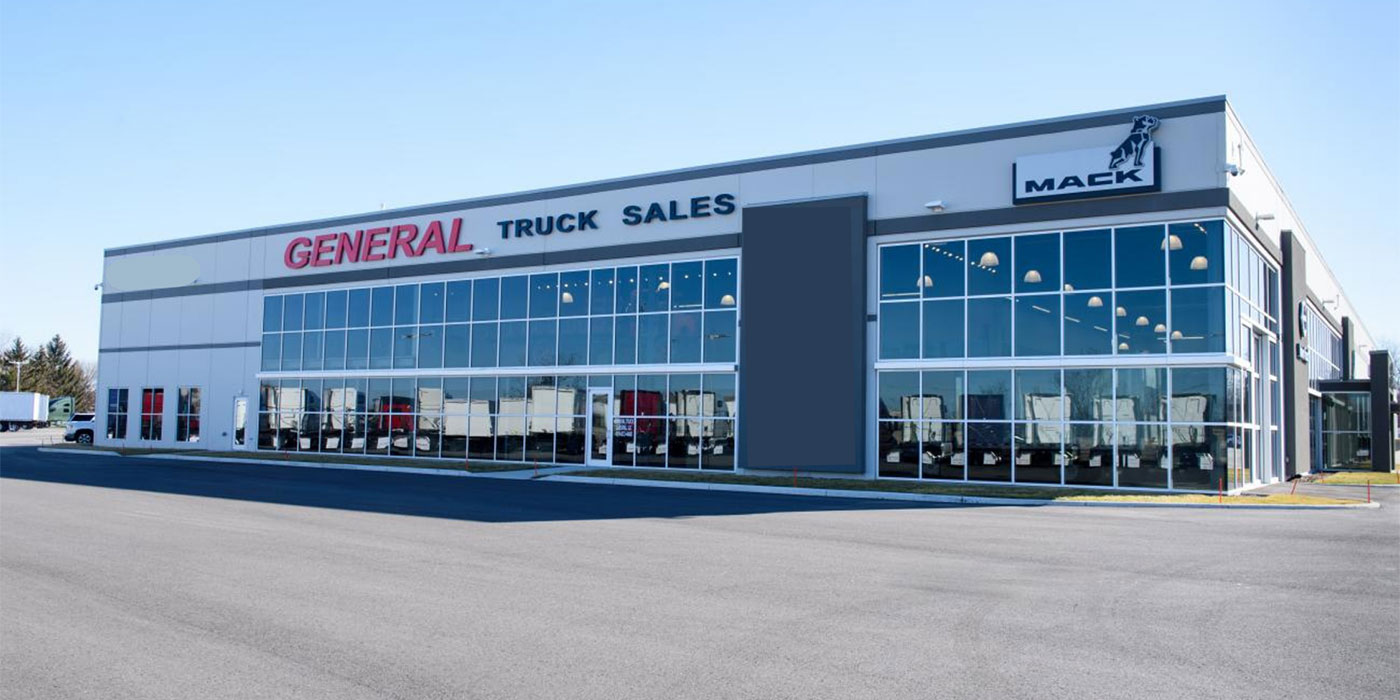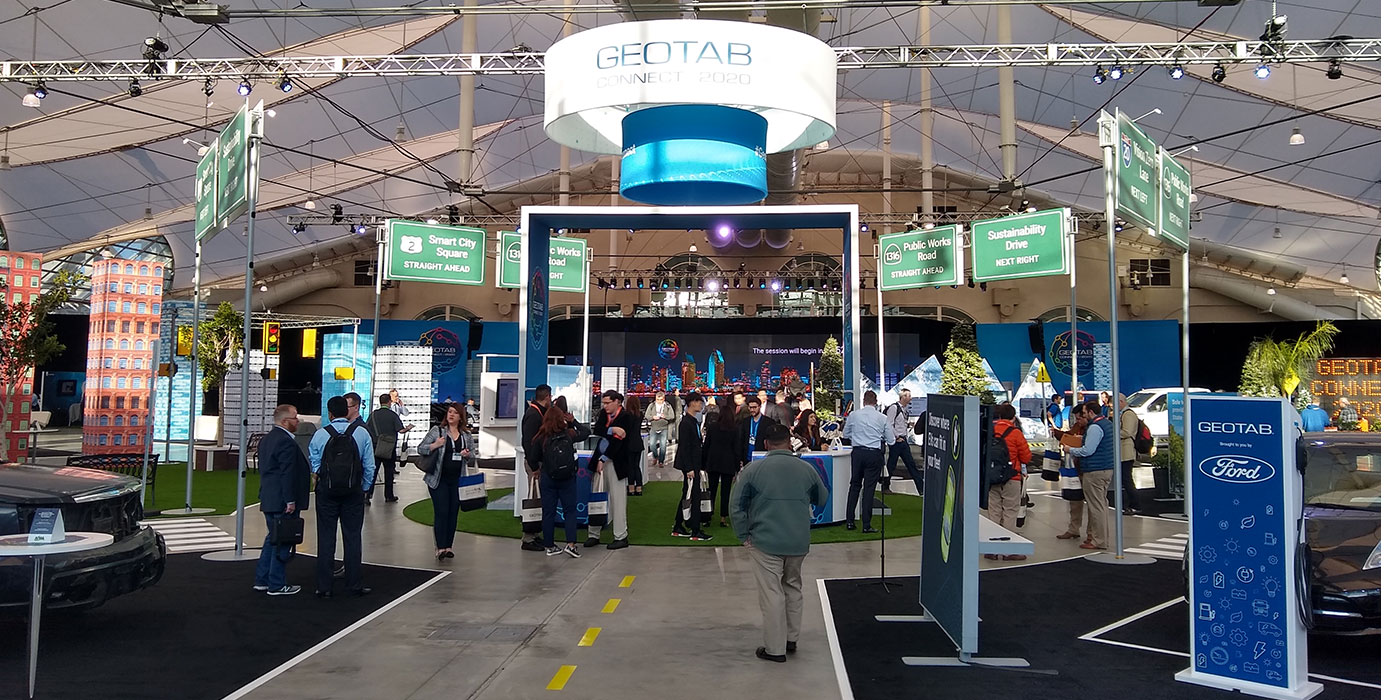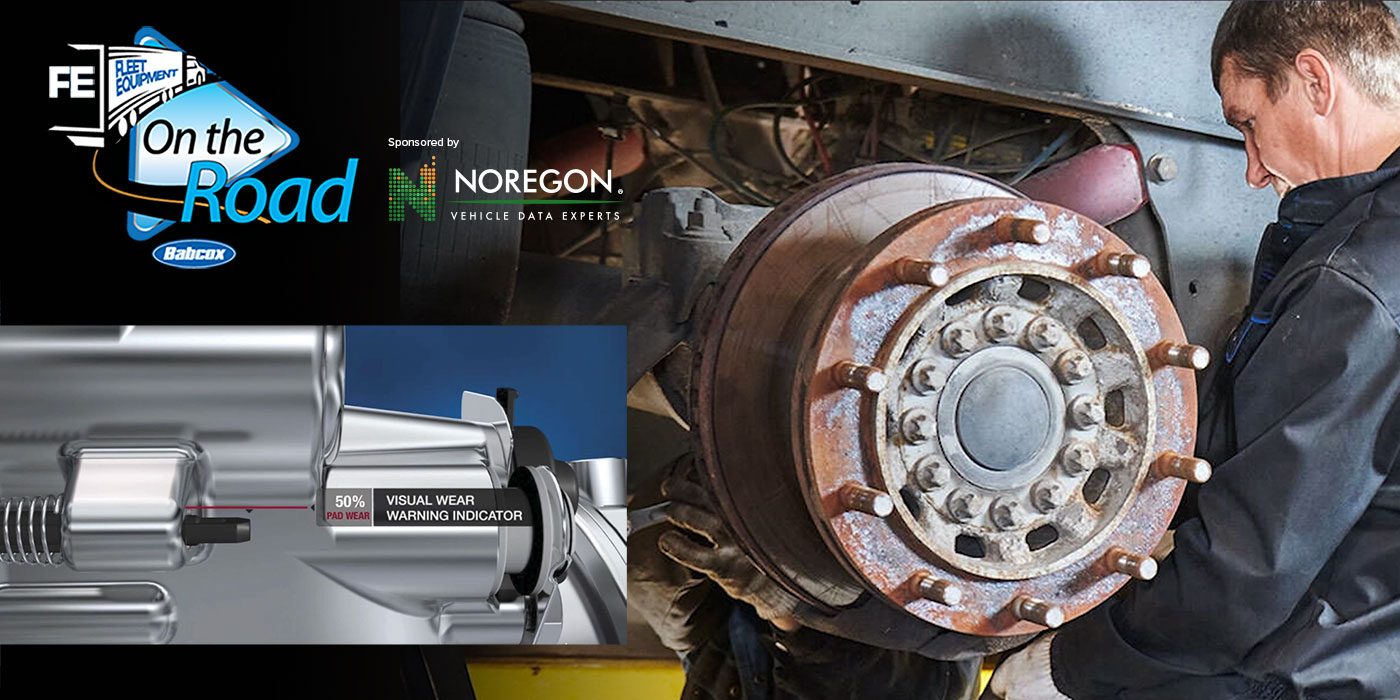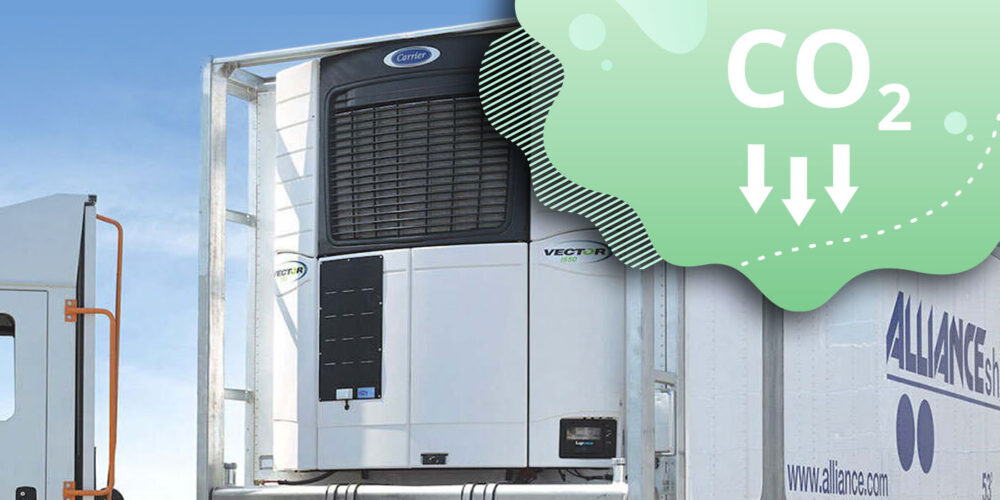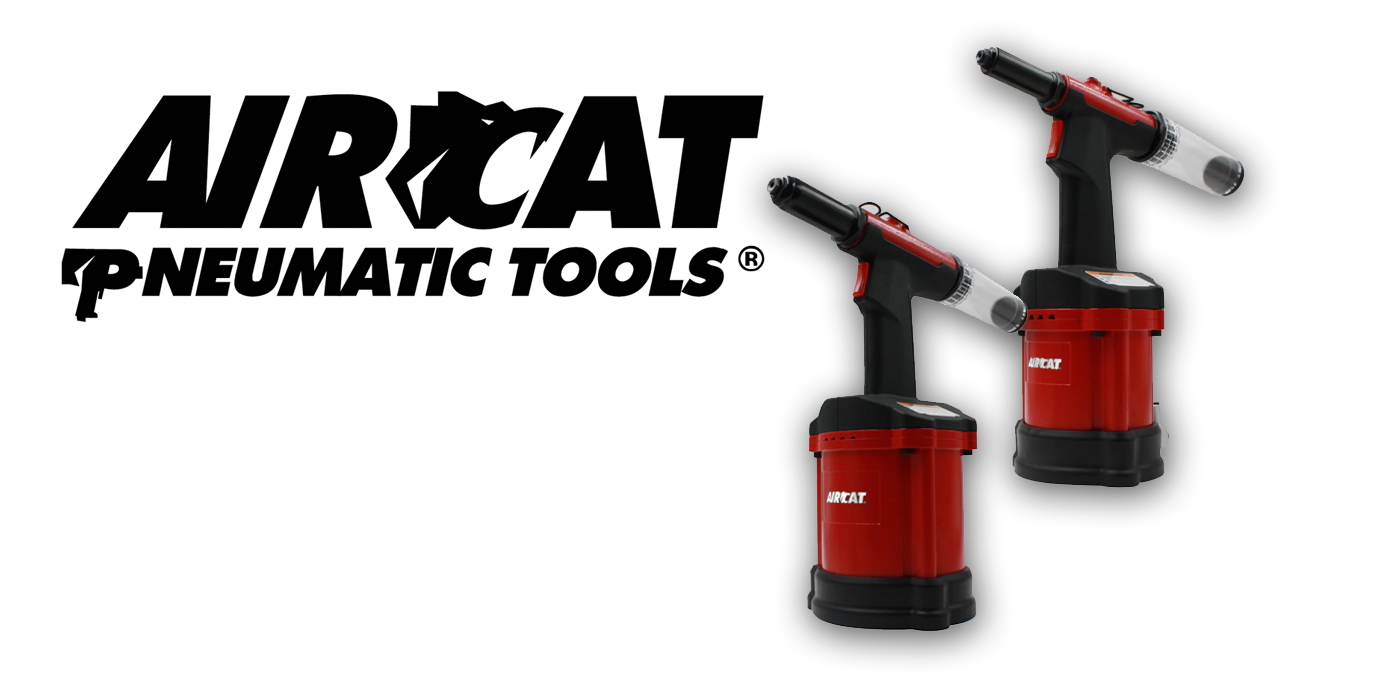Most fleet managers understand the importance of maintaining tires at specified pressures, but they may not realize just how many of their fleet’s tires are out of spec.
“Proper tire pressure maintenance addresses two of a fleet’s top three operating expenses – fuel economy and tire cost. Running with tires underinflated by 10 percent leads to a 0.2 percent fuel economy penalty and a 15 percent reduction in tire life,” says Jon Intagliata, product manager for Advanced Chassis Control Systems at Dana Corp.
Given that fuel represents the largest cost the average fleet incurs, exceeded only by the cost of labor and tires, strategies for improving fuel economy should get the attention of most fleet managers. Unfortunately, many of them do not know how many of their fleet’s tires are operating at pressures they specified based on the unique load, operating and environmental conditions in which their trucks operate. Many believe they don’t have a problem because they require drivers to check tire pressure before leaving the yard.
The idea is great, but the concept is not likely to be reflected in real life. Al Cohn, director of market development and engineering support at Pressure Systems International (PSI), tells us that industry studies always find that steer tires are most often properly aired because that’s a safety issue with the driver. If something happens to a steer tire, it could result in an accident. The first drive axle has the next best air pressure, then the second drive axle, followed by the trailer. He says, “The farther you go down the vehicle, the worse the tire air pressure becomes.”
He adds that the outside dual will have better pressure that the inside tire, and the driver’s side will be better, on average, than the right side. Clearly, such findings are the result of routine pressure checks being done poorly or not at all. This is not too surprising, since tire pressure maintenance is both labor and time intensive.
It’s sometimes the case that checking tire pressure can cause problems. Jim Reis, vice president of business development at Stemco, says, “There are times when checking a tire actually causes a leak because of a sticking Schrader valve.”
According to a recent Federal Motor Carrier Safety Administration (FMCSA) study, checking the tires of an 18-wheeler with a gauge and filling the tires with low pressure can take from 20 to 30 minutes. Completing this task once each week on every tractor and trailer becomes a challenge for many fleet operators. As a result, tires are often improperly inflated.
Included in the findings of that same FMCSA study are the following:
• Approximately 7 percent of all tires were underinflated by 20 psi or more. Only about 44 percent of all tires were within 5 psi of their target pressure.
• For-hire carriers’ vehicles generally reflected better tire inflation maintenance practices than private carriers’ vehicles. As a group, for-hire carriers had 7 percent of all tractor tires underinflated by 20 psi or more. In contrast, the private carriers had more than 13 percent of all tractor tires underinflated by 20 psi or more.
• For tractors, fleets with 50 power units or less had 19 percent of their tires underinflated by 20 psi or more, while fleets of greater than 3,000 power units saw that only 2 percent of their tires had a similar problem.
• Approximately 20 percent of all tractor dual tire assemblies had tires that differed in pressure by more than 5 psi. One out of four trailer dual assemblies had tires that differed in pressure by more than 5 psi.
Cost of underinflation
Excluding a catastrophic failure, there are four reasons that tires lose air. The most important is slow leaks – a few psi per day – caused by punctures in the tread area or small-impact damaged areas in the sidewalls. Expect to lose a couple of psi every month through osmosis, air simply passing through the tire itself. Dirt in valve cores can cause leaks, too, as can stuck valve cores.
Let’s immediately get rid of the idea of overinflation in anticipation of the expected loss of air. It’s simply not a good idea. Overinflation will result in rapid centerline wear of the tire’s tread, poor traction when under power or during braking, a harsh ride and an increased propensity for blowouts.
Unnecessary cost associated with improper tire air pressure is a serious industry problem. According to the FMCSA study:
• Average tire-related costs per tractor-trailer are about 1.9 cents per mile or almost $2,400 for a truck running 125,000 miles annually.
• For the average fleet operator in the United States , improper tire inflation increases annual procurement costs for both new and retreaded tires by 10 to 13 percent.
• Fuel economy loss due to improper tire inflation is about 0.6 percent for typical TL and LTL operations.
• Improper tire inflation is likely responsible for about one road call per year per tractor-trailer combination due to weakened and worn tires.
• For a typical TL or LTL operator, improper tire inflation increases total operating costs by about $750 annually per tractor-trailer combination. Cost penalties for other types of fleets are similar and range from about $600 to $800.
According to figures published by the Technology and Maintenance Council (TMC), 10 percent underflation will shorten a tire’s tread life by nine to 16 percent. Unfortunately, many drivers and even maintenance technicians still consider 10 percent under a target pressure – say 90 psi instead of the desired 100 psi – to be close enough. That’s really an expensive 10 psi!
Doug Jones, Michelin’s customer engineering support manager for North America, tells us if a tire is run underinflated by 10 or 20 percent for the load it’s carrying, you can expect excessive heat buildup that can result in casing damage, zipper ruptures, increased curb damage and a decreased ability to fend off punctures. He also reminds us that a tire measured to be underinflated by 20 percent at a roadside inspection may be considered to be flat. Were this to happen, the vehicle could be taken out of service since the tire would have to be removed, inspected, repaired then aired in a cage. That’s an expensive proposition when a road call is priced at upwards of $1,000.
Solutions
Richard Van Dyke, vice president of the Tire Sentry division of fleet specialties, says, “Even the best preventive maintenance program will find that maintenance personnel too often overlook checking some tires or even entire vehicles. But, even the best of maintenance programs can’t prevent tire damage resulting from a loss of air pressure while on the road.”
So, aside from hiring a trained 800-lb. gorilla to oversee everyone who is supposed to be making regular tire pressure checks, what can be done about this expensive problem? Fleets have several options, including both mechanical and electronic solutions. All can be included in one of two categories – pressure monitors or onboard inflation systems.
Cat’s Eye is a mechanical monitoring system designed to make it easy to see if tires are underinflated. The device attaches to a dual’s hub or lug bolt and allows air transfer from one tire to the other. A single airing point fills both tires at once. A bright-yellow "eye" opens up slightly if dual tire pressure falls 10 to 15 percent below the recommended pressure setting. If corrective action is not taken, the "eye" will open up completely, activating an internal check valve that prevents the good tire from going flat in the case of a tire blowout or a broken pressure hose.
There are also electronic tire pressure monitoring systems (TPMS) with a range of options. Tire Sentry’s Van Dyke says, “With recent advances in microchip technology, electronic tire pressure monitoring is now an affordable tool for both large and small fleet operations.” The Tire Sentry system uses advanced micro-chip technology to monitor tire pressure from inside the cab. The wireless remote sensing system enables low tire pressure to be automatically de-tected by using electronic tire sensors to warn the driver when any tire is below its normal operating pressure.
The tire sensors can be factory programmed to be “vehicle specific,” so that each truck will have its own transmission code or “fleet specific,” in which any trailer can be equipped with tire sensors readable by any truck in the fleet.
Advantage Enterprises offers a similar system called PressurePro, in which a wireless, tire air pressure sensor screws onto the valve stem, replacing the dust cap. The in-cab monitor displays tire pressure and alerts to low tire pressures, with both a visual and audible warning when pressures drop by 12.5 percent and a second warning at 25 percent. The double alerts allow a driver to know how serious the leak is and how much time he has to get off the road or to a repair facility. When tire pressure is low, the monitor identifies the low tire position with a flashing light on that location and an audible alarm to alert to low pressure. Regarding payback, Phillip G. Zaroor, president and CEO of Advantage PressurePro, says, “This is difficult because of the many factors that must be included. However, from discussions with fleets, we estimate that payback on a 10-wheel system is 7 to 9 months, and repayment on an 18-wheel system is estimated at 9 to 12 months.”
Dana recently introduced a TPMS called SmartWave that measures both air pressure and temperature using sensors mounted inside the tires and sends the data wirelessly to a receiver mounted on the vehicle. This data can then be used to alert the driver of a loss of air pressure or a high tire temperature. The system can also inform the fleet manager of tire-related issues by transmission through a truck’s telematics system. Jon Intagliata, Dana’s product manager for Advanced Chassis Control Systems, says, “As a tire’s pressure goes down, it will flex more, causing its temperature to increase. When that happens, the pressure inside will also rise. Temperature-compensated pressure measurements, therefore, are needed. For every 10 ºF temperature change of air inside a tire, there will be a two psi change in pressure.”
Stemco also introduced a TPMS called AirBAT RF as part of its BatRF system. This monitoring system uses tire-mounted pressure sensors incorporating proprietary technology that provide a quick visual read with wheel-mounted lights indicating under or overinflation. At the option of the fleet, pressure readings can be transmitted wirelessly to a handheld reader called a HandBAT for display on an LCD screen. The HandBAT has a read range of 3 to 5 ft. and can store data from 400 pressure measurements for later analysis. Stored data can also be downloaded to a personal computer for tracking and reporting. Several enhancements are currently under testing. The first is a gate reader system that downloads readings as a truck passes the fleet’s yard gate. Secondly, Stemco is partnering with an asset tracking company to offer a vehicle pinging capability to fleet managers. Finally, an in-cab light will soon be offered to provide drivers with a real-time alert.
Inflation systems
Automatic tire inflation systems (ATIS) monitor tire air pressure and add air to an underinflated tire using the truck’s onboard air system. Currently, ATIS is available only for trailers, but at least one supplier has extensive field tests of systems designed for tractor tires underway.
The Meritor Tire Inflation System by PSI connects all tires on a trailer to a controlled air supply to fill and maintain air pressure at a constant and proper level, even while the vehicle is moving. As air pressure decreases from the tire manufacturer’s recommended level, it automatically routes air to a control box and then into the axle. The air is then distributed to each tire, helping extend tire life and allowing for more even wear and improved recap potential. The system is said to increase tire life, fuel efficiency and safety all automatically. Self-contained on the trailer, it can adapt to any tractor and be installed on any type of trailer. A light mounted either in the tractor or on the front of the trailer in the driver’s view comes on when airing takes place. If the light glows too frequently (every 10 minutes), the driver knows there is a serious problem demanding immediate attention.
Dana also offers an automatic tire inflation system called TIMS (Tire Inflation and Monitoring System) that checks tire pressure automatically. When a tire is low, it directs air to the underinflated tire until proper pressure is achieved. Seals and lines are non-pressurized when inflation is not required, a real contribution to long service life. According to the manufacturer, fleets can expect a payback in less than one year.
Tires are expensive, fuel is expensive, and Michelin’s Doug Jones says, “Maintaining proper air pressure is the best thing a fleet manager can do to reduce his overall tire and fuel costs.”
Sounds like a good idea! Go do it.

